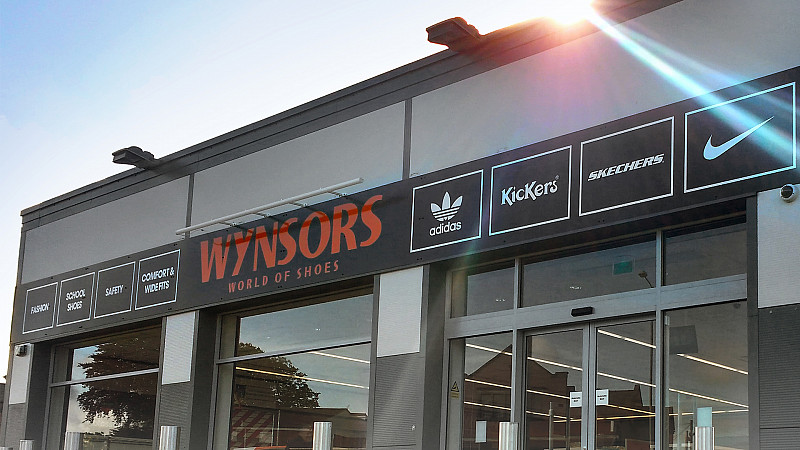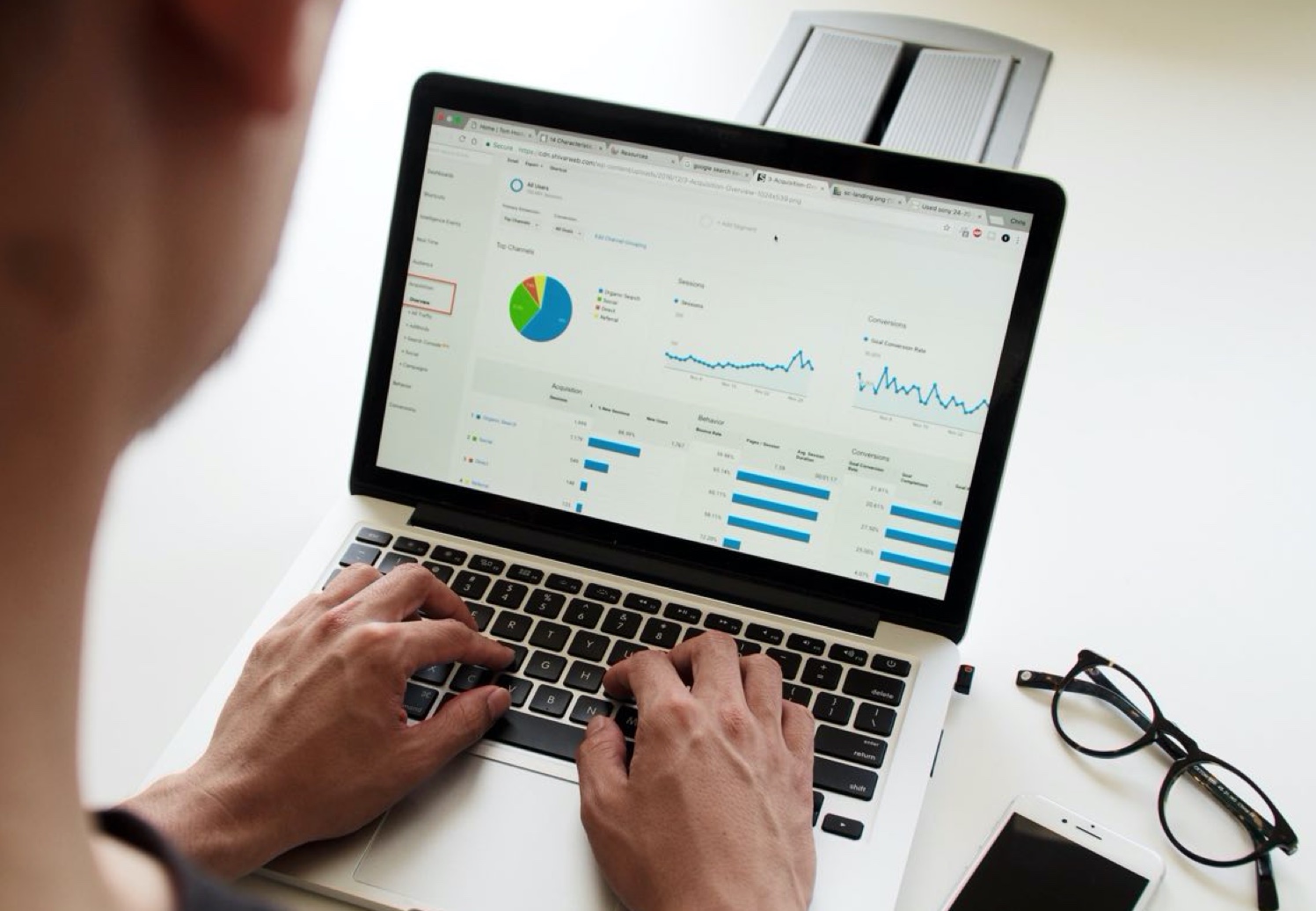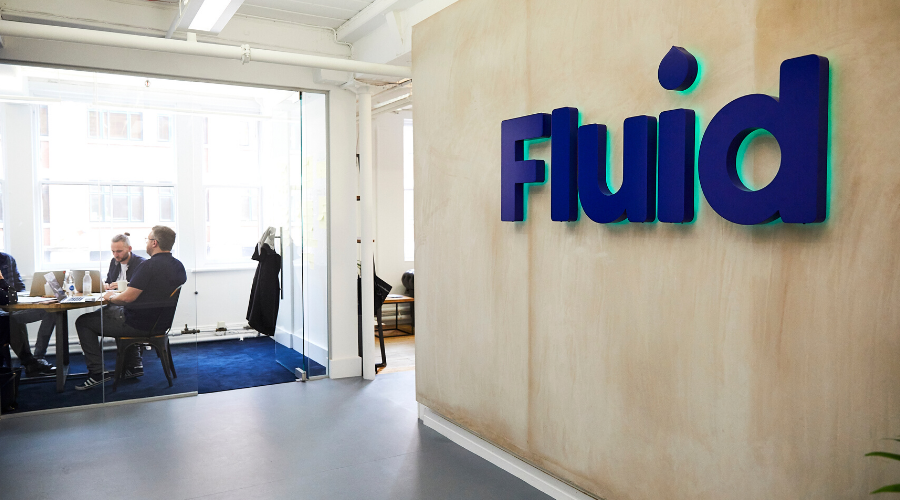
If you’re in the process of creating or updating your website, you’ll know that deciding on a design can be difficult. Which design is going to help convert the most people on your site? Does it even matter what design elements you include? In this article, we’re going to discuss 5 must-have elements on your site. These are elements every site should have, and are a good foundation block to build from when creating design that provides a fantastic user experience for your site visitors.
Do you have a clear colour palette?
Whatever you choose to be your brand’s colour scheme, your website should reflect that. Why is it so important to use a clear colour palette on your site? According to a study by Review42, ‘Colors affect people’s behavior, mood, and stress levels’ and so should be chosen wisely, but also because ‘Colors increase brand awareness by 80%.’ When you have a clear colour palette for your brand, every bit of marketing material you do can contribute to your brand awareness and be more recognisable as belonging to you. Games like ‘ which logo is this?’ prove to us the power of colour in recognising brands, so make sure your site reflects your brand in the colours it uses.
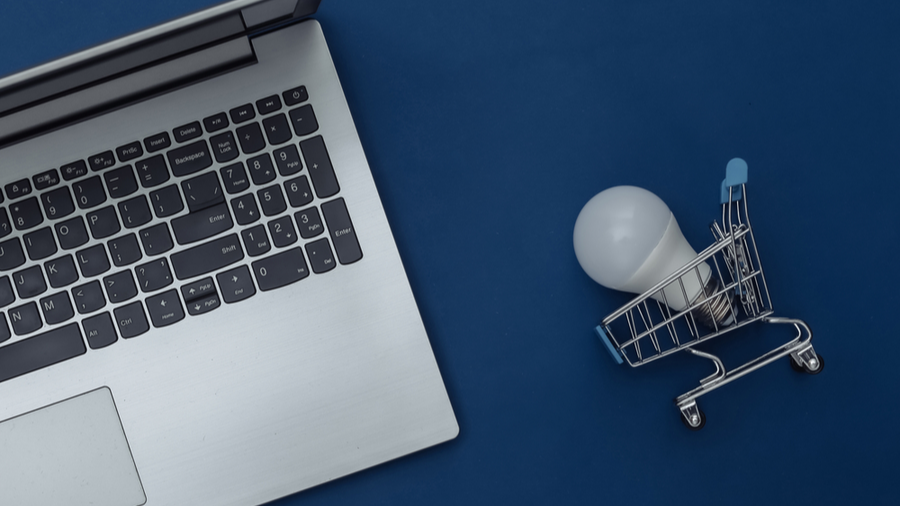
If you’re looking for more help coming up with your colour palette, there are loads of colour scheme generators out there. You could try the Coolors or Adobe colour palette generators or just chat to one of our designers today!
Are you using optimised web banners?
Whatever is occupying the prime space in your site should definitely be optimised as much as possible. This goes for your web banners too. So, how exactly can you optimise your web banners? It goes without saying that every design element you use on your site should have custom dimensions to minimise any risk of pixelated graphics. Remembering that is it is very common for users of a site to read a web page in an ‘F’ shape can help guide you in how you layout any content included on your banner. Using the ‘F’ shape can help you create a hierarchy of content, and will let you place any copy in the right spot to convey your message as fast as you can. Other key optimisations for your web banner include choosing the right file type such as .PNG to allow for a high quality yet compressed image, and including a strong call to action! If you’ve got all of this in place already (along with imaginative relevant graphics) , your web banner passes the Design Cloud test! If not and you need some more help, learn more about how our designers can create stunning banner designs for you here.
Do you use timeless fonts?
Remember all the projects in school you used WordArt on? They’d look pretty dated now if you were to look at them, right? Simply because our use of fonts has come a really long way. In recent times, we opt for minimal clean fonts more often and prefer modern lines and curves. When it comes to creating an impressive web design, it’s really important that you look to use fonts that will work well into the future too. Sticking to sans serif fonts for copy is logical because it makes for more readable content even in smaller dimensions! Spending some time choosing your font with the future in mind is important. If your site is looking dated and you’re not 100% sure why, have a closer look at the fonts you are using.
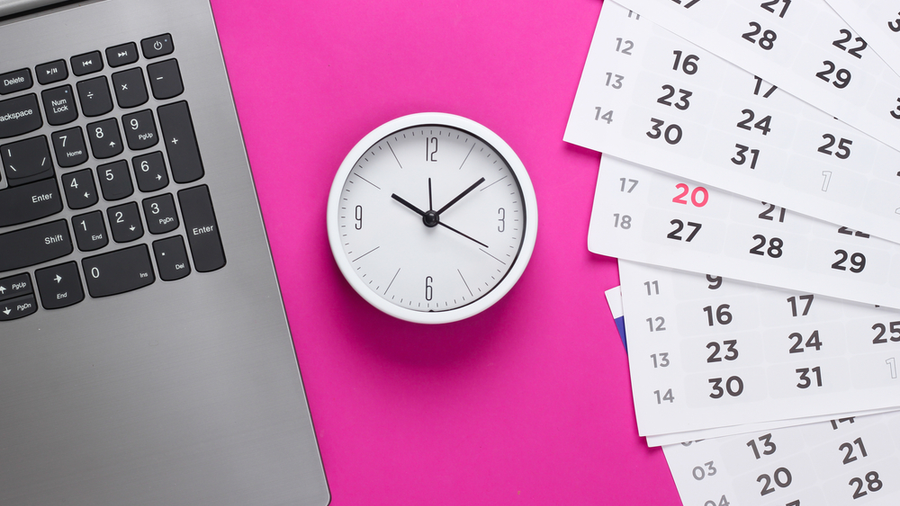
Are you advertising testimonials?
One of the best methods of marketing is word-of-mouth. People will always trust a third party review of how great your service is more than your business saying it about themselves. If you haven’t already started incorporating testimonials into the site, now is the time to do so! You could do this in the form of a banner across the site or across simple blocks on the homepage, but making sure that they are visible to your new visitors is crucial. In fact, ‘about 95% of customers read reviews before making a purchase.‘ Instead of risking new visitors leaving your site in order to look for reviews, give them everything they need as soon as they land on your page!

Is your site design optimised for mobile?
If you’re starting out on your brand journey and just looking to launch your site or whether you’ve had a long-standing website that needs a refresh, making sure that your site’s design is optimised for mobile is vital. In 2021 more and more people are using their mobiles for browsing online, in fact a massive ‘70% of web traffic comes from mobile phones.‘ So if you’re looking for a simple way to make sure your website is optimised for that huge audience, think mobile when you’re designing. When you scale your web design down, you need to be making sure that only really key design elements remain. On a smaller screen, make sure that each part of your design serves a purpose and that you have scaled back on some of the elements included on your bigger dimensions. Doing this will make sure that you have the best user experience on your site, and is a key part of optimising your website design for mobile.

If you answered no to any of the above questions, your site has room for improvement that could see it achieve much better conversion rates and bring down your bounce rate significantly! When it comes to successful web design, the trick really is in the smallest attention to detail. Making sure that absolutely every design element on your site is working hard to create a perfect user experience is going to mean that your site performs as best as it possibly can. Your site’s design elements should be purposeful and beautiful, and if they’re out of date or not optimised properly – you could be costing your business precious conversions.
Professional web design is a core part of your businesses success. If you’d like to hand it over to a highly experienced UK-based designer, sign up to one of our unlimited graphic design plans today.



